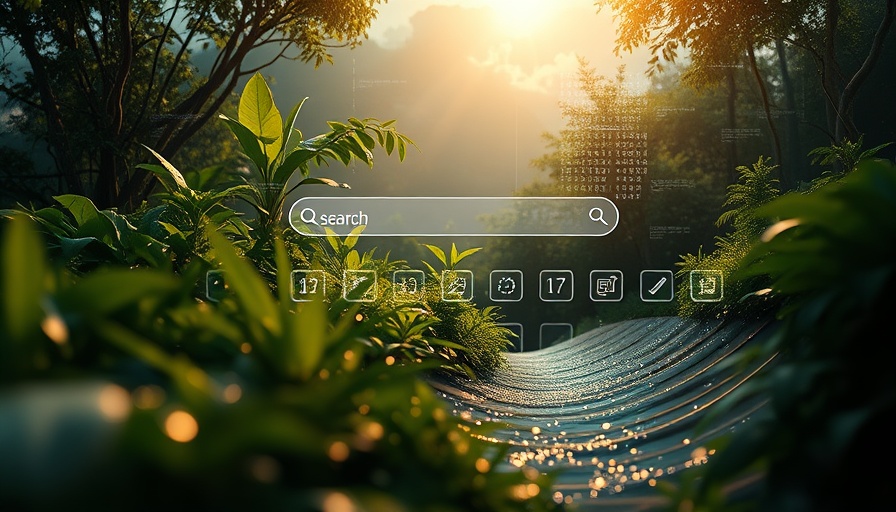
Can Sustainable Web Design Truly Make a Difference?
Sustainable web design isn’t just a passing trend; it’s an essential cornerstone in combating the massive energy waste stemming from inefficient websites. In an era where sustainability matters more than ever, creating fast, responsive, and user-friendly sites can both benefit the environment and enhance user experience.
Understanding the Environmental Impact of the Internet
Many people are surprised to learn that the internet is not as clean as it appears. Behind every website lies a complex infrastructure, including power-hungry servers and data centers that consume significant amounts of energy. In fact, data centers contribute as much carbon to the atmosphere as the entire airline industry. Each time a webpage is loaded, an intricate process occurs involving server requests and data processing that, when scaled to billions of interactions a day, leads to skyrocketing energy consumption.
The Hidden Cost of Poor Design Choices
When we consider sustainable web design, it’s crucial to recognize how inefficient design can contribute to environmental degradation. Many websites today are heavy with unoptimized images and unnecessary third-party scripts that slow loading times and use more energy. Features like autoplay videos clutter websites, leading to a poor user experience and increased energy waste.
Separate the Genuine from the Marketing Gimmicks
While many companies tout sustainability, often it’s little more than a public relations stunt. However, organizations like Google and Mozilla are spearheading changes that are truly beneficial. Google’s Core Web Vitals initiative encourages websites to focus on speed and efficiency, promoting better design while also benefiting the environment. Similarly, Mozilla’s Sustainable Web Manifesto underscores the importance of creating lightweight, efficient websites. These initiatives push for real change in how the web is structured, focusing on user experience and ecological responsibility simultaneously.
Actionable Steps for Franchisors to Enhance Sustainability in Web Design
As franchisors looking to improve your brand’s online presence and operational efficiency, consider the following actionable insights:
Optimize Content: Review your website's content regularly. Eliminate autoplay features and unnecessary scripts that increase load times.
Invest in Energy-Efficient Hosting: Choose hosting providers committed to sustainable practices, such as renewable energy usage.
Promote Efficiency Among Franchisees: Encourage other franchise locations to adopt best practices from sustainability-focused design guidelines.
Conclusion: Why Sustainable Web Design Matters
For franchisors and businesses alike, embracing sustainable web design isn’t just about ticking a box; it’s about recognizing the interconnectedness of digital operations and environmental health. By optimizing web practices to be more sustainable, you not only enhance your brand’s image but also take meaningful steps towards a greener future. Let’s make a conscious choice to create a better internet—one that is efficient, clean, and capable of supporting our collective growth.
 Add Row
Add Row  Add
Add 




Write A Comment